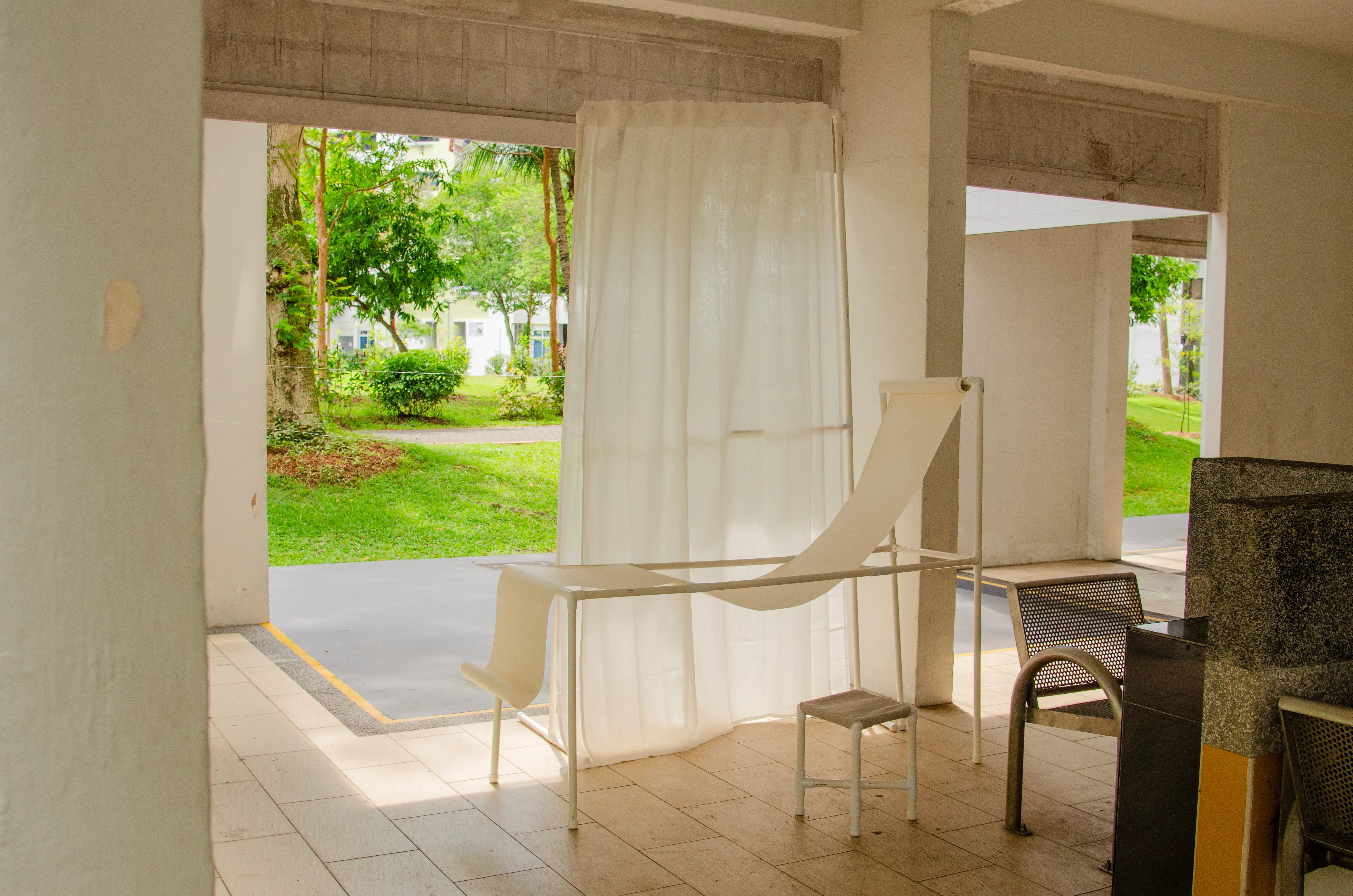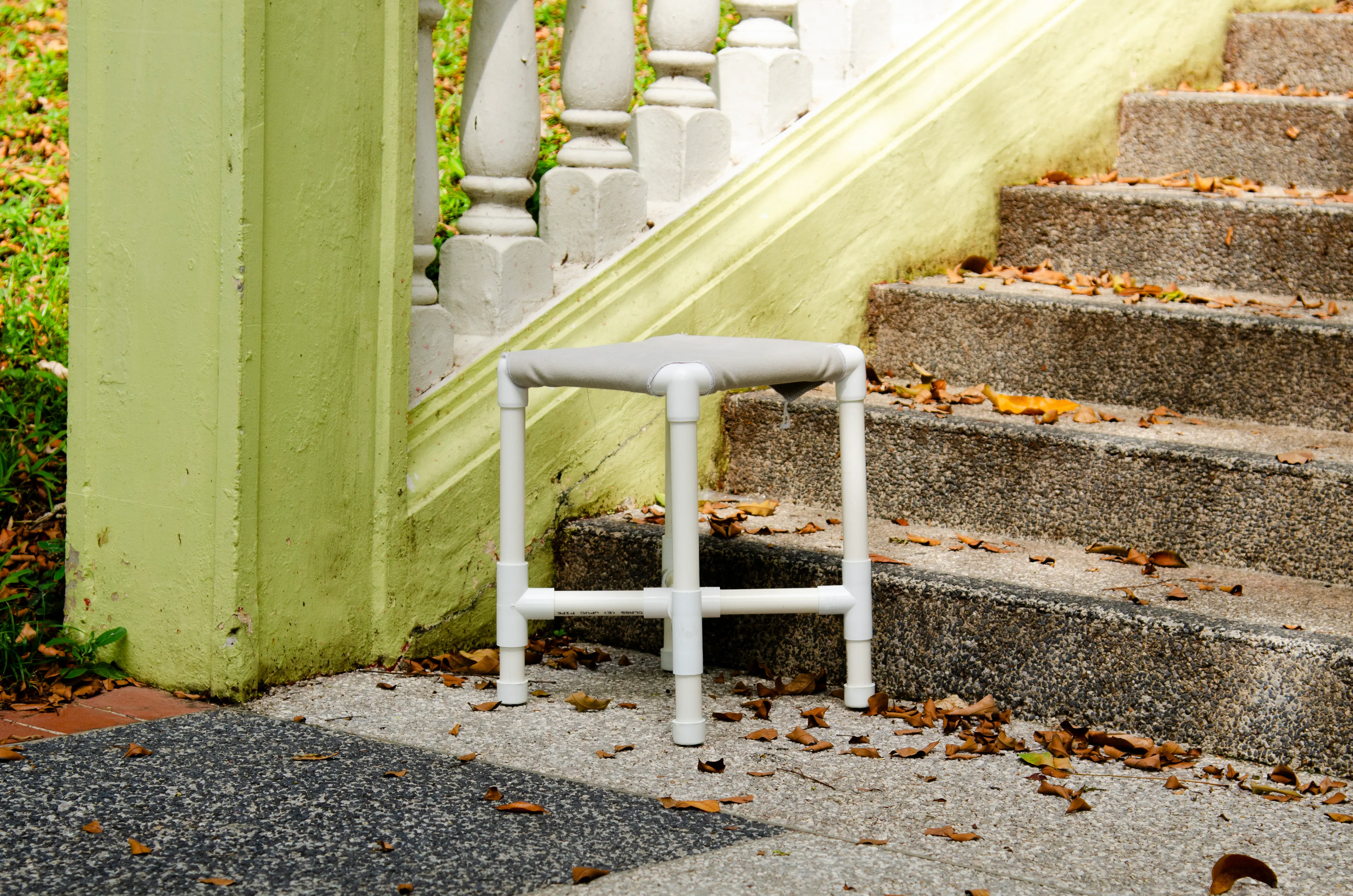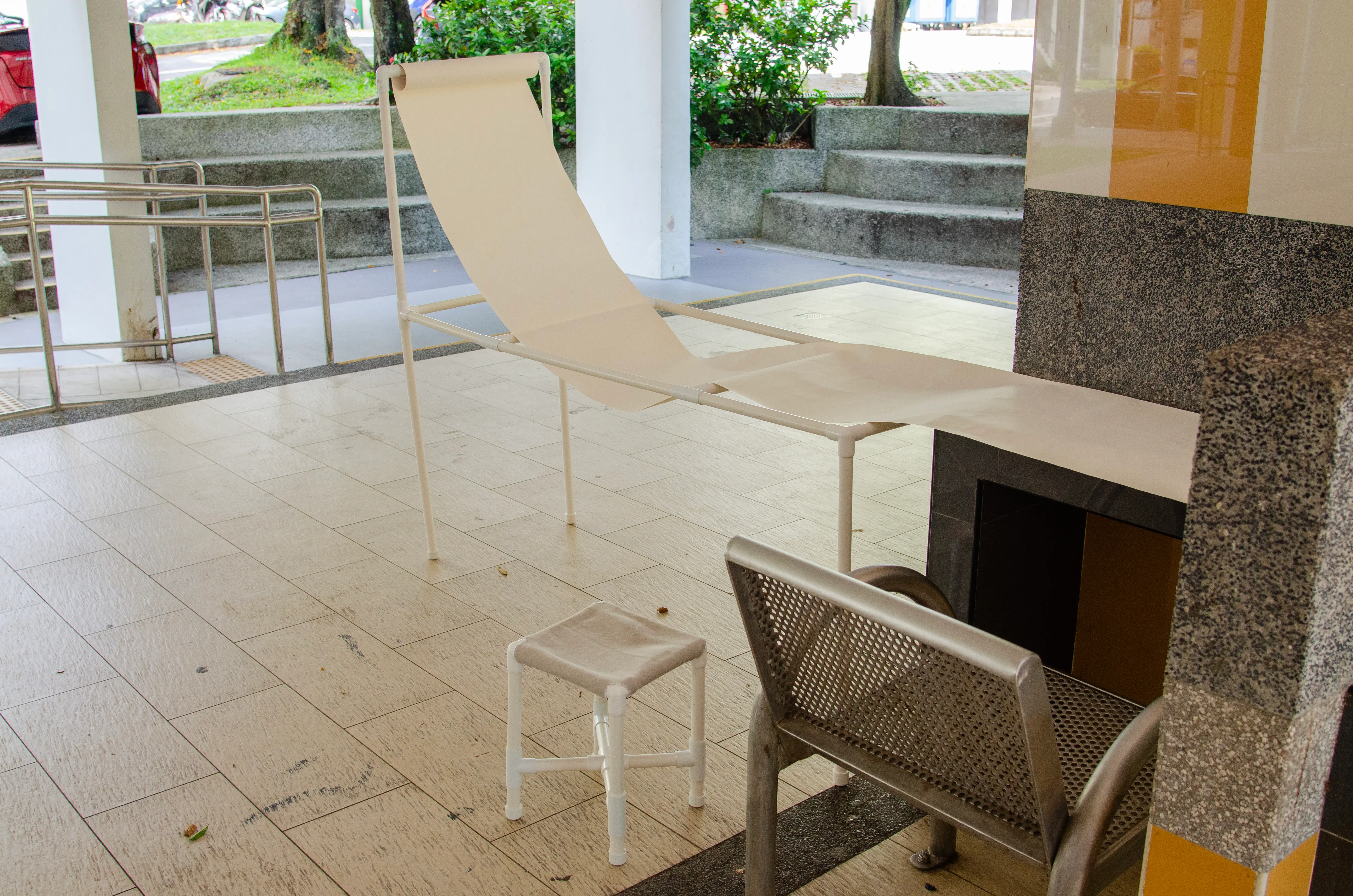Bridging Spaces
Terence Lim Zhi En

Education inequality is a challenging issue that places both students and children from low socioeconomic backgrounds at a disadvantage as it negatively impacts their academic performance as well as their future opportunities. Additionally due to the differences in spaces that are determined by socioeconomic statuses, their access to conducive environments as well as resources are further limited. Bridging Spaces investigates the various factors that contribute to this issue to explore how the current challenges of education inequality can be addressed to better support the learning and development of students.
How did you find out about these issues that are preventing them from doing well in school and academically and what were some of them?
I conducted ethnographic research or in a less fancy way of saying, I just went to the rental estate blocks in Singapore. I wanted to find out what estates in Singapore were the least properly maintained. The two remaining rental flats on Spooner Road were the ones that came up time after time during my research process.
I went back to that area over a couple of different times throughout the span of the semester and differences in maintenance of the overall environment was very apparent. The cleanliness level did not look as bad when I went there. But after trying to meet people who are living there, the one person I spoke to expressed that the space could be cleaner and more conducive. This led to me wanting to explore how these aspects disrupted a student's learning ability or disrupted a student's learning, and places them at a disadvantage in terms of finding some form of success or doing better in school.
Could you share one of your project’s outcomes and how your ethnographic research influenced that?
When we compare the rental estates to the HDBs/housing estates in Singapore, there would be a void deck with letter boxes, chairs, tables, or a residence corner. But these things that we see on the day to day are not apparent in most of the rental blocks. Even the rental blocks that are close to these HDB blocks don't have them. So residents will have to go one or two blocks away for them to even find a table that they can use. This was one of the explorations that was derived from this, and how we can make these spaces as an alternative area where students themselves could, instead of being trapped in their non-conducive home environment, head downstairs as a substitute space for studying.
This first extension of my research looks at how we can partition or extend these spaces such that it adds towards supporting a student's academic growth and learning. Because the void decks and the corridors are transitory spaces, there was a need for anything that goes up to contain this aspect of being transient and being modular to adapt to the changing needs. One of the easiest things I thought of was to find PVC pipes as a form of modular furniture that could be set up and taken down very easily.
 Just as we have makeshift healthcare facilities, especially during COVID and in emergency situations, why can't we have makeshift learning spaces? Things like partitions, tables, chairs we can makeshift with pipes. And if we can pack it away and put it in the corner, why not? It started as that, and then that transpired into the semi-finalised version, which took a different shape.
Just as we have makeshift healthcare facilities, especially during COVID and in emergency situations, why can't we have makeshift learning spaces? Things like partitions, tables, chairs we can makeshift with pipes. And if we can pack it away and put it in the corner, why not? It started as that, and then that transpired into the semi-finalised version, which took a different shape.
This transitory space slowly became an artefact that I decided to call “The Story Loom”. In the same way that loom weaves fabric, can we have a loom that weaves a person's self narrative and story? Can we encourage students to write better stories about what they want to do in the future, or a character, or stories that they wish to tell people? And can we end those stories in a positive way or have some form of a hero's journey? Although life circumstances are difficult and everybody's affected by it differently, there still needs to be some sense of optimism that needs to be imbued to encourage them.
See Everyday India in Snapshots, Folia Imprints, and Invisible City
See Invisible City
See I Grew Up Fine